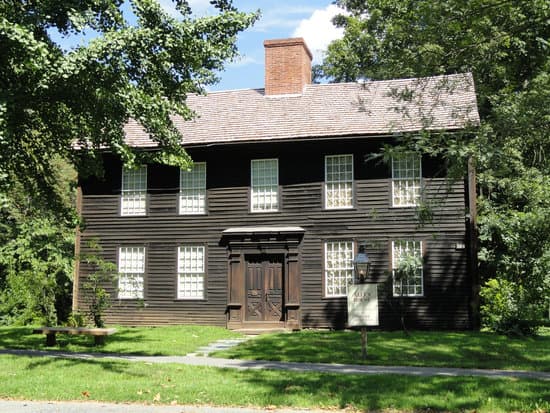The milk used to make cheese and butter is not your typical Grade A dairy that you might find in grocery stores. In fact, it’s a lower grade milk known as Grade B dairy. Also called production grade milk, it doesn’t meet the standards for fluid consumption but is perfect for making nonfat dry milk, cheese, and butter.
Here are some points to know about the different grades of milk:
Over 90% of milk produced in the United States is Grade A, which meets the strictest quality and safety requirements for human consumption.
Grade B dairy represents a small percentage of milk produced and is not sold as fluid milk.
While Grade A milk can still be used to make cheese and butter, it’s more commonly used in the production of other dairy products such as yogurt, ice cream, and cream cheese.
Even within the Grade A category, there are different classifications based on factors like fat content and bacterial counts.
It’s important to note that the grade of milk used can affect the texture and flavor of the end product.
So the next time you enjoy a delicious slice of cheese or a spread of butter on your toast, know that it’s made from Grade B dairy – a specialized milk that’s perfect for creating these decadent dairy products.





















